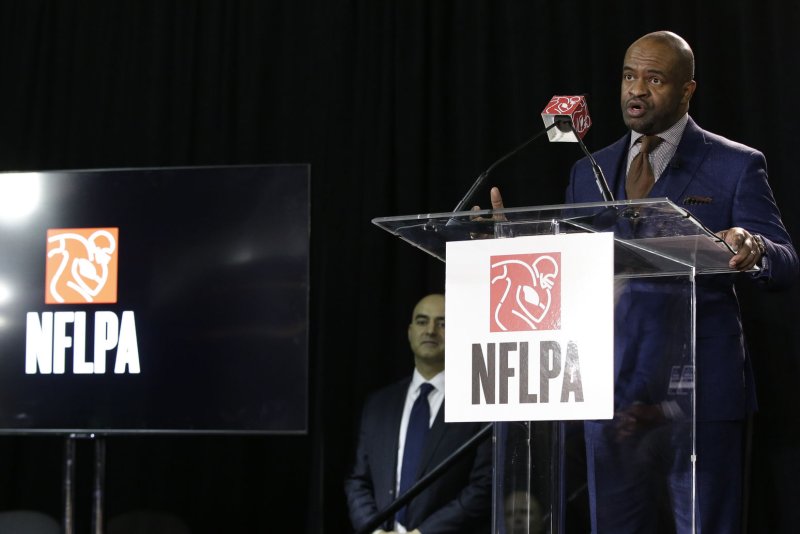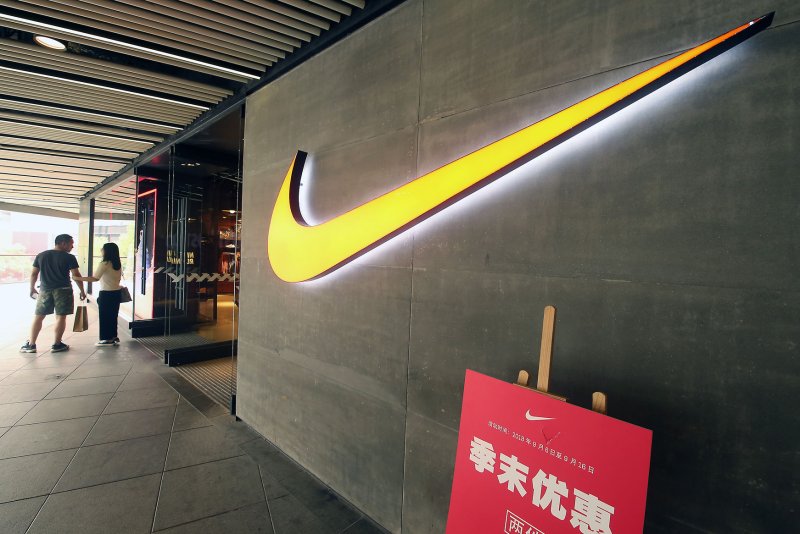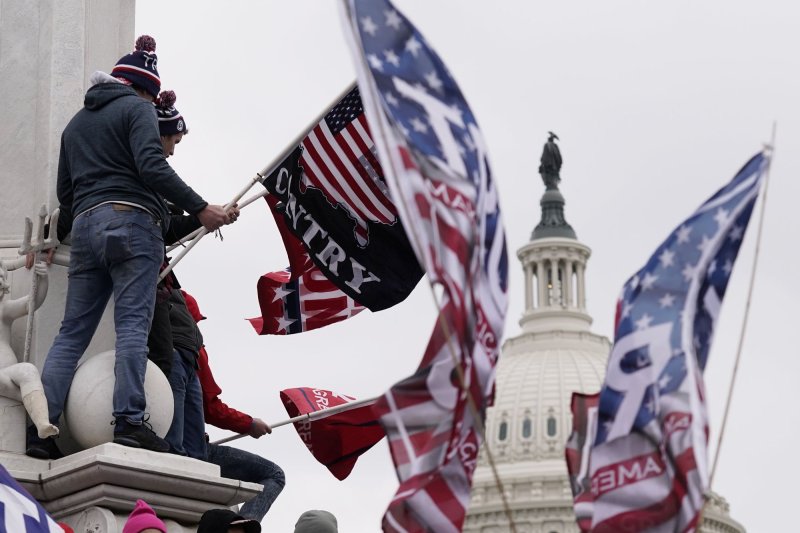Toronto Maple Leafs Head Sportico’s 2021 NHL Valuations at $2 Billion
Kurt Badenhausen
Wed, October 13, 2021

The year is ingrained in the mind of every Toronto Maple Leafs fan: 1967. It marks the club’s last Stanley Cup title, the longest current drought between championships in the NHL. Last season teased a glimmer of hope, with the club’s first division crown in two decades, led by the NHL’s top goal scorer, Auston Matthews, but the Leafs were unceremoniously dumped from the playoffs in the first round by their archrivals, the Montreal Canadiens.
Yet, the Leafs can claim another trophy: the NHL’s most valuable team and its only $2 billion franchise, according to data compiled by Sportico. The average team is worth $934 million, and the combined fair-market value of the NHL’s 32 clubs, including ownership’s stakes in real estate, regional sports networks and additional team-related holdings, is $30 billion. That represents five times the $6 billion in annual revenue the league should generate from its next full season with fans in buildings, along with revenue from non-NHL events.
Toronto ($2 billion), the New York Rangers ($1.87 billion) and Montreal ($1.58 billion), which are the locales for the NHL’s three league offices, lead the way in this year’s rankings, while 10 teams cracked the $1 billion mark.
“There is a lot of wealth in Toronto that would fall all over themselves to bid on the Maple Leafs,” Drew Dorweiler, a valuations expert at boutique Montreal investment bank IJW, said in a phone interview.
Even with the Canadian dollar currently valued at 80% of the U.S. dollar, the Leafs have the highest sponsor and media revenue in the NHL, including its blockbuster $30 million-a-year arena naming rights deal with Scotiabank. Sportico projects gross revenue for the Leafs at $300 million for a full season with fans in the building, including 50% of the revenue from non-NHL/NBA events at Scotiabank Arena, with the other half allocated to the Raptors, which are also part of the Maple Leaf Sports & Entertainment conglomerate. And there’s more good news: Toronto starts the 2021-22 season as one of the Cup favorites, along with Colorado, Tampa Bay and Vegas, according to Caesars Sportsbook.
The Leafs are working on their sixth decade without a title, yet history and tradition matter in the NHL for generating revenue that drives value. The 10 most valuable clubs have won a combined 74 Stanley Cup titles, while the bottom 10 have a total of three.
Team Sales
Sportico spoke with more than 30 people inside and outside the league over the last month to dig into the values of NHL franchises. What emerged is optimism around the business of the sport that has the same potential revenue levers to pull that are driving values higher in basketball, football and soccer, with gambling, sponsorships, streaming, blockchain and international prospects front and center.
“The best way to drive values in all professional sports is to sell the right teams,” one sports banker told Sportico, which granted anonymity in order to most accurately assess valuations. The right teams have definitely not been sold in hockey. The last control sale was the Arizona Coyotes for $300 million in 2019, continuing a quarter-century run of that franchise being passed around from owner to owner like a game of hot potato since it moved to Arizona from Winnipeg in 1996. In August, the city of Glendale announced it would terminate the Coyotes’ lease after the 2021-22 season, leaving the club without a home; Sportico values the team at $410 million, more than 20% lower than any other team. Fellow bottom-five in value teams, the Carolina Panthers and Florida Panthers, also changed hands over the past eight years.
The last marquee NHL franchise sold was the Maple Leafs, in 2012, but some recent limited partner transactions at lofty valuations, according to several sources, indicate the NHL is cashing in on the supply/demand equation driving sports team values up across North America. And more deals are likely on the way. Private equity is still sitting on the sidelines in the NHL, but the league is expected to greenlight PE investment into teams in the near future, injecting more liquidity into the sport.
PE money would be welcomed by certain owners. Overall NHL revenue plummeted $2.6 billion, or 55%, last season for a league that can’t fall back on a massive national TV deal like those in the NBA and NFL. The decline followed a COVID-19-impacted 2019-20 season, when the regular season was cut short, and the playoffs took place in “bubbles” without fans. The final 2020-21 revenue tally: $2.2 billion and significant red ink for team owners.
One silver lining of the revenue shortfall for owners moving forward is the collective bargaining agreement. The CBA calls for a 50-50 split of hockey-related revenue (HRR), which excludes non-NHL events and allows deductions to sponsorship, concession and premium seat revenue. Players have captured more than 60% of HRR over the past two seasons, and the roughly $1 billion sitting in an escrow account will revert to owners over the next few years to make up for the revenue shortfall.
New Beginnings
The NHL dropped the puck on the season Tuesday, and the night highlighted a few developments that have team executives bullish. Most important for the gate-driven league, fans are back in buildings, with the Canucks and Canadiens the only two NHL teams expected to start this season at less than 100% fan capacity, due to local COVID-19 protocols.
The league kicked off a pair of new TV deals with Walt Disney and Turner Sports worth $4.4 billion combined over seven years. ESPN, which held the rights to games in 2005, will air more than 100 regular-season games a year, ending the run of NBC where national broadcasts sometimes felt “hidden,” according to one NHL insider.
NHL arenas have transformed their concessions operations to include more grab-and-go items, along with cashless transactions that speed up wait times and goose more sales at higher prices. The result is an expected per-capita spending on concessions between $23 and $27 for most teams, according to event food-service industry consultant Chris Bigelow. It represents a 20-25% boost over prior spending.
The Seattle Kraken were approved as the 32nd NHL franchise in December 2018, with an expansion fee of $650 million. The ownership group, led by David Bonderman and Jerry Bruckheimer, is a minority partner in the $1.1 billion redevelopment of Climate Pledge Arena. Oak View Group will run the building in addition to being the arena’s majority equity partner. Sponsorship and premium seat sales are expected to be sold out ahead of the first home game next week, with a waiting list for the premium products, while merchandise sales have set a record pace. Sportico valued the team at $860 million, No. 14 in the NHL.
The Islanders have been nomads in recent years, bouncing between Long Island and Brooklyn, and also faced the challenge of building a pandemic arena. They finally get a permanent home base with UBS Arena, where OVG and the Islanders are equal partners in the $1 billion building.
The Isles sold out 12,000 general season tickets and 3,000 premium seats; some suites are priced at nearly $500,000. Sportico estimates sponsorship and premium seat revenue will top $100 million annually at UBS, up ten-fold versus recent Islanders seasons. The Swiss banking giant locked up naming rights for 20 years in a deal worth more than $15 million a season.
“This building was built for hockey but made for music,” UBS Arena president Tom Pistore said in a phone interview. Construction included easy access for crews to load/unload concert equipment—saving time and money—and a robust compound near the stage for artists that Pistore compares to a luxury hotel. Pistore is bullish on the venue’s concert opportunities, and his premium seating sales staff has been able to push through multiple price increases since they first went to market in early 2020. “Music has been a very important second tenant in our selling,” he adds.
Real Estate Titans
The Edmonton Oilers operate in one of the five smallest NHL markets, but the team punches above its weight with gate receipts and a local TV deal that rank among the NHL’s best. The club sold out 549 games over 13 years in a streak that ended in November 2019, and its TV territory stretches throughout the provinces of Alberta and Saskatchewan and includes more than 5 million people.
Daryl Katz, who owns the Oilers and made his fortune in the pharmacy business, has used the team and Rogers Arena as a tentpole for a massive mixed-use real estate development, ICE District, around the building. The 25-acre development includes condos, a public plaza, dining, hospitality, retail and office space. The $2 billion project will eventually grow to nearly $5 billion, according to sources. Katz has unloaded portions of the project, including a $400 million sale for the commercial portion of the 69-story Stantec Tower, as well as an office building to Alberta pension manager AIMCo for $300 million. Sportico excluded the Ice District from its related business valuations, due to the size of the project, which will ultimately dwarf the team’s assets.
Sportico did include another related business in its $1.16 billion total valuation of the Oilers, ranked ninth overall. OEG Digital Gaming is a separate company that operates the club’s digital, subscription and gaming operations, including sponsorships in those categories. It also operates the Oilers’ popular 50-50 raffle business that grossed $70 million over 70 games last year while also handling raffles for clients in addition to the NHL team. The firm is poised to grow, as gambling rolls out after the Canadian lawmakers’ approval of single-game wagering in June. We conservatively valued it at $260 million. OEG's database has 250,000 names that have engaged with the company.
Next Frontier
The Washington Capitals have always been one of the NHL’s most forward-looking teams under the ownership of Ted Leonsis and his Monumental Sports & Entertainment empire. MSE launched an over-the-top streaming product, Monumental Sports Network, in 2013 and two years later added an equity stake in its RSN partner, NBC Sports Washington.
The NHL announced DraftKings as its official sports betting and daily fantasy sports partner in a five-year deal this week. “The potential revenue streams from gambling have everyone across the league excited,” said one team executive. Leonsis is already a step ahead.
Leonsis was an early investor in DraftKings and Sportrader through Revolution Growth, the investment firm he co-founded, and this year, Washington became the first NBA or NHL arena with a sportsbook inside the building through a 10-year lease with William Hill (a temporary sportsbook was in place the prior nine months). It also includes a broadcast studio, three bars and a restaurant.
“We have grand aspirations for the sportsbook,” Zach Leonsis, senior vice president of strategic initiatives at MSE and Ted’s son, told Sportico this spring. “I think that will be a flagship location, not just for William Hill, but for sports betting venues across the country.”
So when the NHL approved jersey patch partners starting with the 2022-23 season, it was no surprise to see the Caps act first. Caesars will adorn the team’s home jerseys starting next year in a deal worth $6 million a year. We valued the Capitals at $1.17 billion, including its related businesses and real estate, No. 8 among NHL clubs, but Leonsis made one thing clear about his plans for his MSE sports teams at a Sportico Live NBA Valuations event in January: “I never want to sell the team.”























